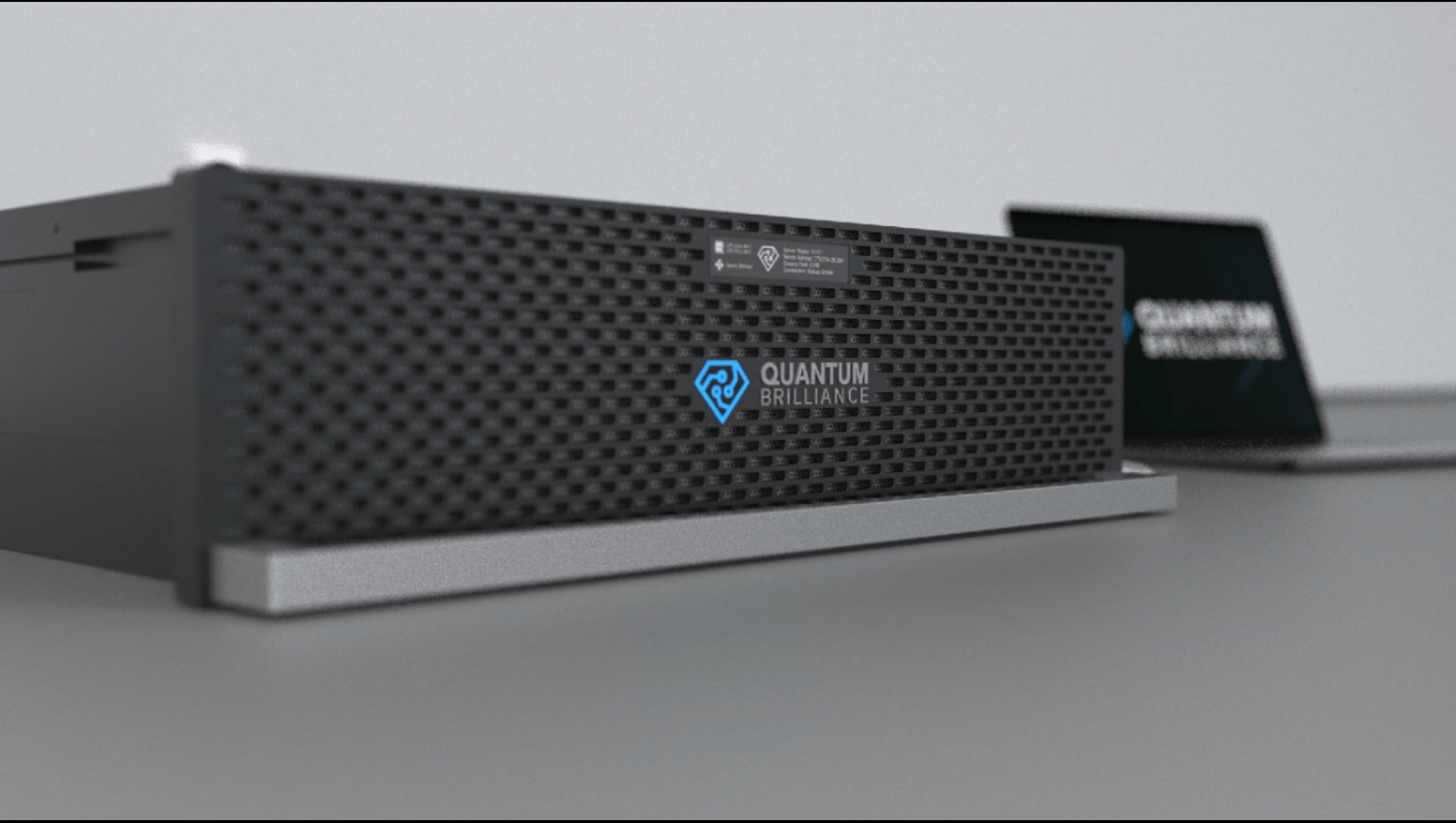The Australian-German manufacturer of innovative quantum computing hardware, Quantum Brilliance, established in 2019 will lead the “Deutsche Brilliance’ Research project, an initiative on developing new techniques for the fabrication of high-performance quantum microprocessors. The project will be supported by the German Government and features the foundation for ubiquitous quantum computing by Fraunhofer Institute for Applied Solid State Physics IAF and the University Ulm. The team has also been granted the exclusive use of the Fraunhofer IAF facility in Freiburg, Germany.
Quantum Brilliance is one of the first companies to use synthetic diamonds in quantum computing. In this approach, targeted “impurities” in diamonds (so-called NV centers, in which a nitrogen atom replaces a carbon atom in the crystal lattice) are utilized to manufacture qubits, the fundamental processing units of a quantum computer.
The “Deutsche Brilliance” (DE-Brill) collaboration’s goal is to solve two key challenges surrounding diamond-based quantum computers by 2025. First, to develop atomically precise techniques for quantum microprocessor fabrication, and secondly, to develop new methods for selective initialization, read-out, and manipulation of qubits in quantum computers with multiple processor nodes. The research teams believe that overcoming these obstacles will become a significant step toward the broad commercialization of quantum computing technology. The German Federal Ministry of Education and Research is funding 74.8 percent of the initiative (BMBF).
Fraunhofer IAF and Quantum Brilliance are working together to create precise manufacturing procedures for the creation of scalable arrays of diamond qubits as part of the collaboration. Fraunhofer IAF will also work on diamond substrate growing technologies of the highest clarity and quality. Simultaneously, a group at the University of Ulm’s Institute of Quantum Optics is working on scalable readout and control approaches for diamond-based qubits, allowing them to be precisely controlled.
With its research infrastructure and engineering knowledge base, Germany offers a unique framework for developing and producing quantum technology.
In addition, the German government also understands the importance of the field and consistently promotes important basic research. That’s why we recently opened our European headquarters in Stuttgart and are focusing on collaborations with the research institutions here to be at the forefront in commercializing high-performance quantum microprocessors in the future.
Mattingley-Scott, Ph.D., European head of Quantum Brilliance.
Quantum “accelerators” based on synthetic diamonds, in contrast to giant quantum computing mainframes that require energy-intensive cooling, may be made in small form factors and function at room temperature, allowing them to be used in a range of real-world contexts. Quantum Brilliance is currently offering a 19-inch server rack module of its diamond-based quantum accelerator. Over the next few years, continuing miniaturization with a proportional increase in the number of qubits is planned.

